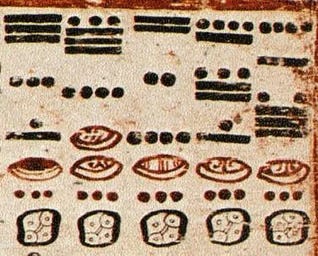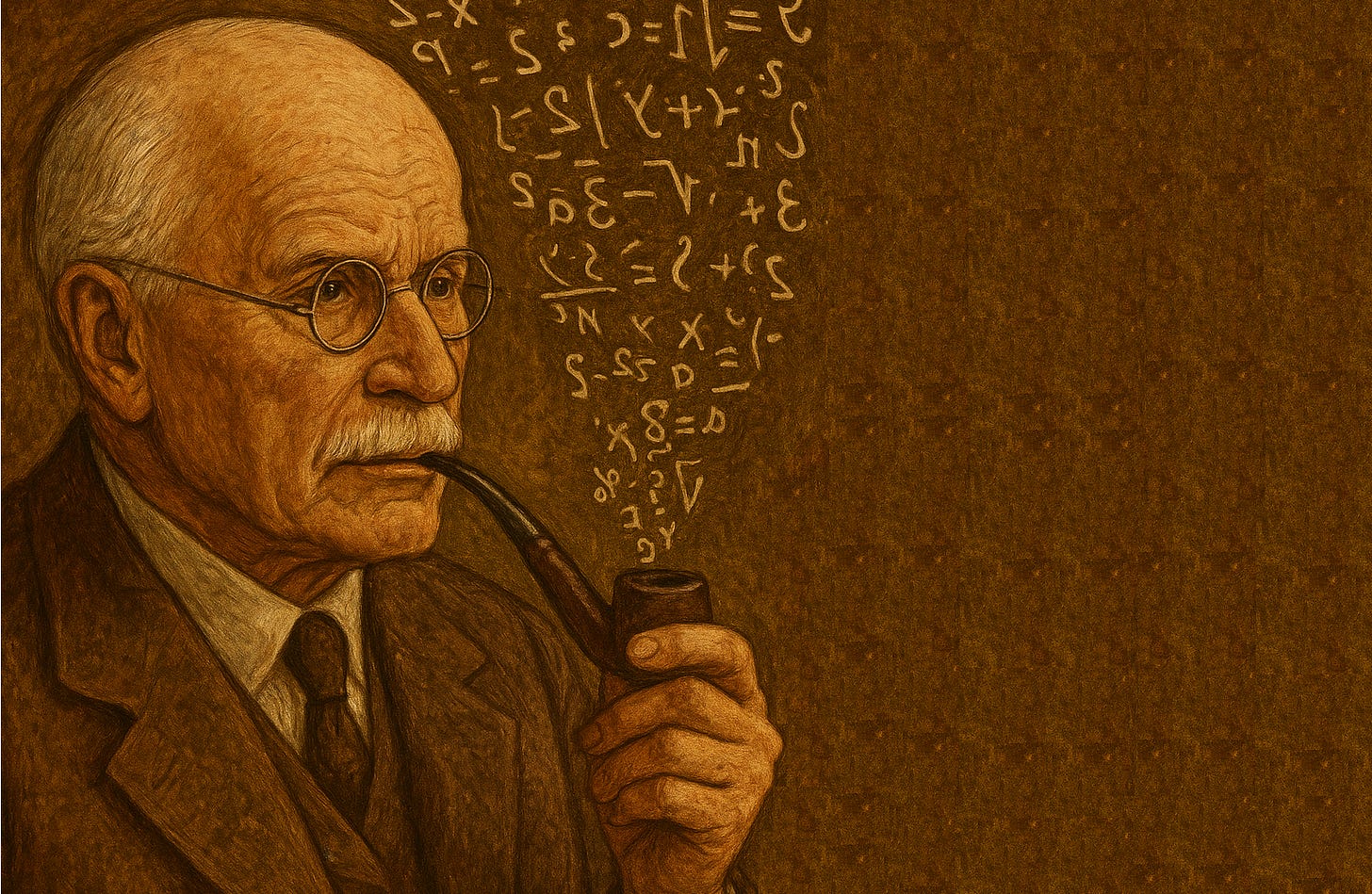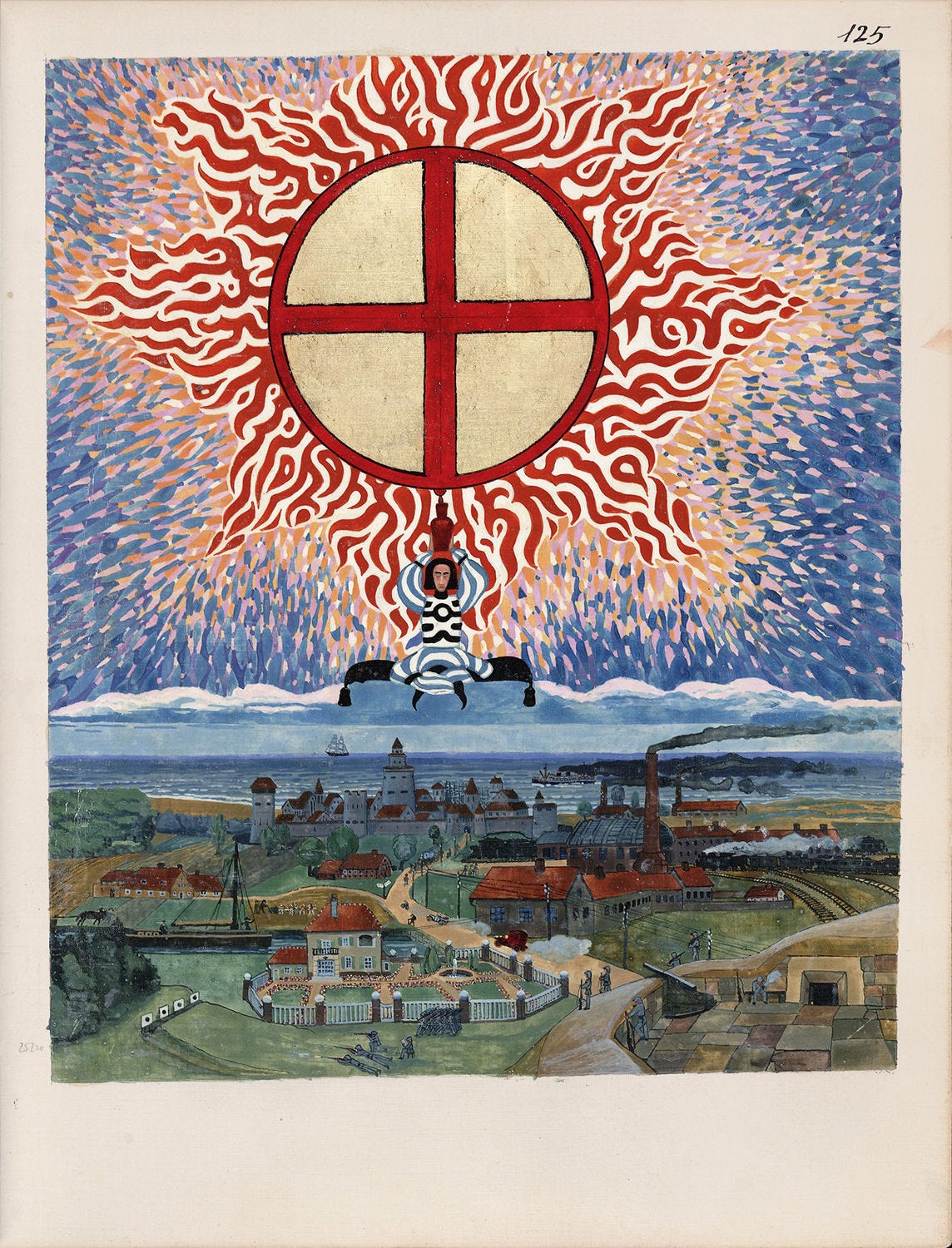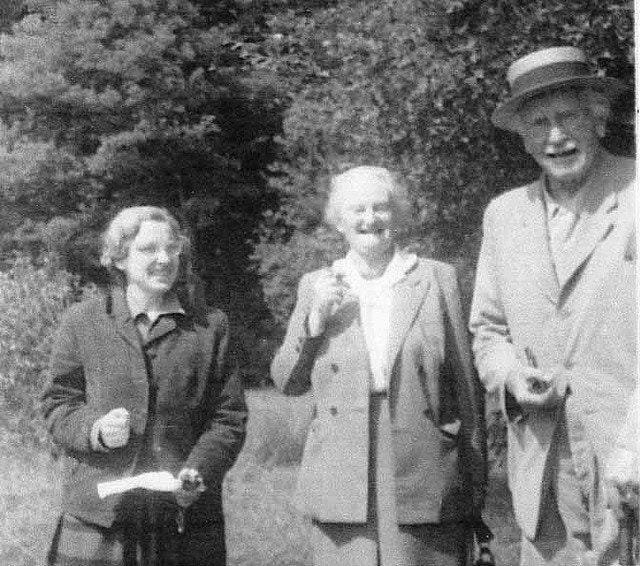The mystery of numbers, mathematics, and the unconscious
The Abyss of the Unconscious and the Infinite
Context: In his book on Synchronicity, Carl Jung sets out to present the experiment he carried out to detect the existence of synchronistic events. But before doing so, he warns that his experiment must rely on statistics. However, for Carl Jung, mathematics and numbers are also unpredictable and reveal the unfathomable depths of our unconscious and nature.
Carl Jung says:
“The succession of natural numbers suddenly seems to be something more than a simple chain of identical units: it contains the totality of mathematics and everything that remains to be discovered in this field. Number is, therefore, in a certain sense, an entity impossible to predict.”
The great psychoanalyst Marie-Louise von Franz expressed something similar when she said:
“Nevertheless, it is very surprising that something the human mind has created—namely the series of natural integers (...), which is so simple and transparent for the constructive spirit—also contains an aspect of something abysmal that cannot be understood.”
For a mathematician this topic is surely easy to understand, but for those of us who are not experts in the field, we may fall into the naivety of believing that the number chain we learned as children in school (1, 2, 3, 4, 5, 6, 7, 8, 9, 0) has nothing special and simply represents quantities.
However, that sequence of numbers contains all possible mathematics, with infinite structures ranging from geometry, number theory, fractals, quantum physics, and much more.
Here begins the mystery for those of us who are not advanced in mathematics (like me), for when we see that vast world, the typical questions arise: Were mathematics invented or discovered? If they were invented, why are there discoveries? If they were discovered, who or what created them?
Both Jung and von Franz expressed that numbers were invented and at the same time discovered. However, the “abysmal” would be the unconscious: the depth that cannot be grasped rationally, the place we attempt to reach with quantum computers and far beyond—into infinity!
I understand this position very well, for I remember that when I delved a little into mathematics I had the feeling that numbers hide a depth that escapes reason. I felt as if they were emanations of a deeper order of reality, something like a kind of reality broader than human consciousness.
The mathematics behind mandalas
Later on, and in relation to the topic, Jung says:
“It is very striking that the global psychic images produced spontaneously by the unconscious—the symbols of the Self in the mandala formula—also have a mathematical structure. They are usually fours or multiples of four. These structures not only express order, but also create it. That is why they generally appear in moments of psychic disorientation to compensate for a chaotic state or as formulations of supernatural experiences.”
Here Jung is proposing a powerful thesis: The unconscious and the universe share the same structural language:
Mathematics.
It is as if the deep psyche thinks in numerical patterns instead of producing images and contents in an arbitrary way. Moreover, it is striking that it normally creates structures based on 4 and its multiples (4, 8, 16...).
The number four, in fact, is the key number in Jungian analysis, because it is the first minimal structure of totality, given that the Jungian mandala—which symbolizes totality—consists of 4 corners or their multiples. There are other common mandalas of 3, 6 and 5 points, but totality and individuation are symbolized by the number 4. That is why the unconscious employs this number spontaneously when it needs to unify, organize, or heal.
In this way we can see a deep relationship between mathematics and the psyche, for while natural numbers contain the underlying order of the universe, mandalas contain the underlying order of the psyche.
Advertising note: If you truly wish to learn how to work with your unconscious, I invite you to study the powerful technique of active imagination (practiced by Carl Jung) under the guidance of the renowned Jungian psychoanalyst Dr. Ken James. You will learn to transform your soul through profound dialogues with your unconscious, archetypes, and dreams. Click here for more information.
The archetypal character of numbers

Let us continue with Jung’s next words on the matter:
“It might appear that natural numbers have an archetypal character. If this is so, not only would certain numbers and combinations of numbers have a relation to and an effect upon certain archetypes, but the opposite would also be true. The first case is equivalent to the magic number, but the second is equivalent to asking whether numbers, together with the combination of archetypes found in archaeology, would manifest a tendency to behave in some special way.”
This is for me one of Jung’s most radical theses in the book Synchronicity, since he would be suggesting that numbers do not merely reflect archetypes—they embody the archetypes themselves.
That is:
“1” does not only symbolize unity; unity is an archetype.
“2” does not only symbolize duality; duality is a universal archetype.
“3” does not only symbolize synthesis; the triad is an archetype.
“4” does not only symbolize the Whole; quaternity is the structural archetype of the Self.
Not only that—what he said would also imply that archetypes could influence the way numbers themselves behave.
Personally, I would understand that if an archetype is active in the collective psyche, it is possible that certain numerical patterns become more visible, more insistent, more meaningful, and more present through synchronicities (does seeing a certain number everywhere ring a bell?)
Numbers and the archetype of the Self
The relationship between archetypes and numbers was expressed by von Franz in the following way:
“In this way we see how the human being, upon learning to count, took part of the territory of the god who could count everything—just a little, one and two; that is as far as we can reach, the rest still belongs to that omnipotent god (...)
Therefore, if nowadays the human being believes he can handle an infinite series of natural numbers, that is a presumption, an identification with the archetype of the Self or divinity (...)
We commit the same fatal mistake when we think that a statistical truth is the truth, since we are only handling an abstract concept and not reality itself, and in that thought the identification with divinity sneaks in unnoticed.”
For the psychoanalyst von Franz, believing that we can handle and understand the vastness of the universe of numbers (the infinite) would be the same as identifying with the Self—an inflation—since it would be an inhuman task. That was the reason why, for the psyche of primitive humans, counting beyond what their mathematics encompassed was a divine act.
This would also allude to the fact that the Self contains infinite order, whereas the Ego can perceive only a finite fragment. This is what we fail to understand from our rationalist perspective; therefore even modern science often falls into this inflation without realizing it.
Personally, it also leads me to think that if the unus mundus is the underlying unity where mind and matter share a common origin, then numbers would be one of its purest languages: patterns that appear simultaneously in the cosmos and in the psyche.
Remember: I’ve committed myself to deeply studying all of Jung’s work and also to freely sharing what I learn, so my content will always be free. But if you’d like to support my project, I’d gladly accept a coffee:
I also recommend that you read my following publications:
How to Ignite the Spark of Personal Transformation Through Synchronicity
How to Use Synchronicity to Achieve Our Maximum Psychological Development
The psychological reason why we celebrate Halloween according to Jungian psychology
Source of quotations:
Carl Jung, Synchronicity, Chapter One, “Exposition”.
Marie-Louise von Franz, Divination and Synchronicity: The Psychology of Meaningful Chance, “Conference 1”.





During my years as an undergraduate university student, I became acquainted with Jung’s concept of Synchronicity, which fascinated me and became popularized (at least the term, if not its meaning) in 1983 by the then universally known band “The Police”, whose frontman Sting composed two compelling songs on the topic of Synchronicity, with a picture of him reading a book written by Jung on this eerie phenomena. Subsequently, your new essay caught my attention.
While I tend to be of the considered opinion that mathematical concepts are mainly of human invention, the subject matter is one worth exploring by inquiring minds. Your treatment is appreciated and valued.
You did it again, first the scarab, now the numbers things.